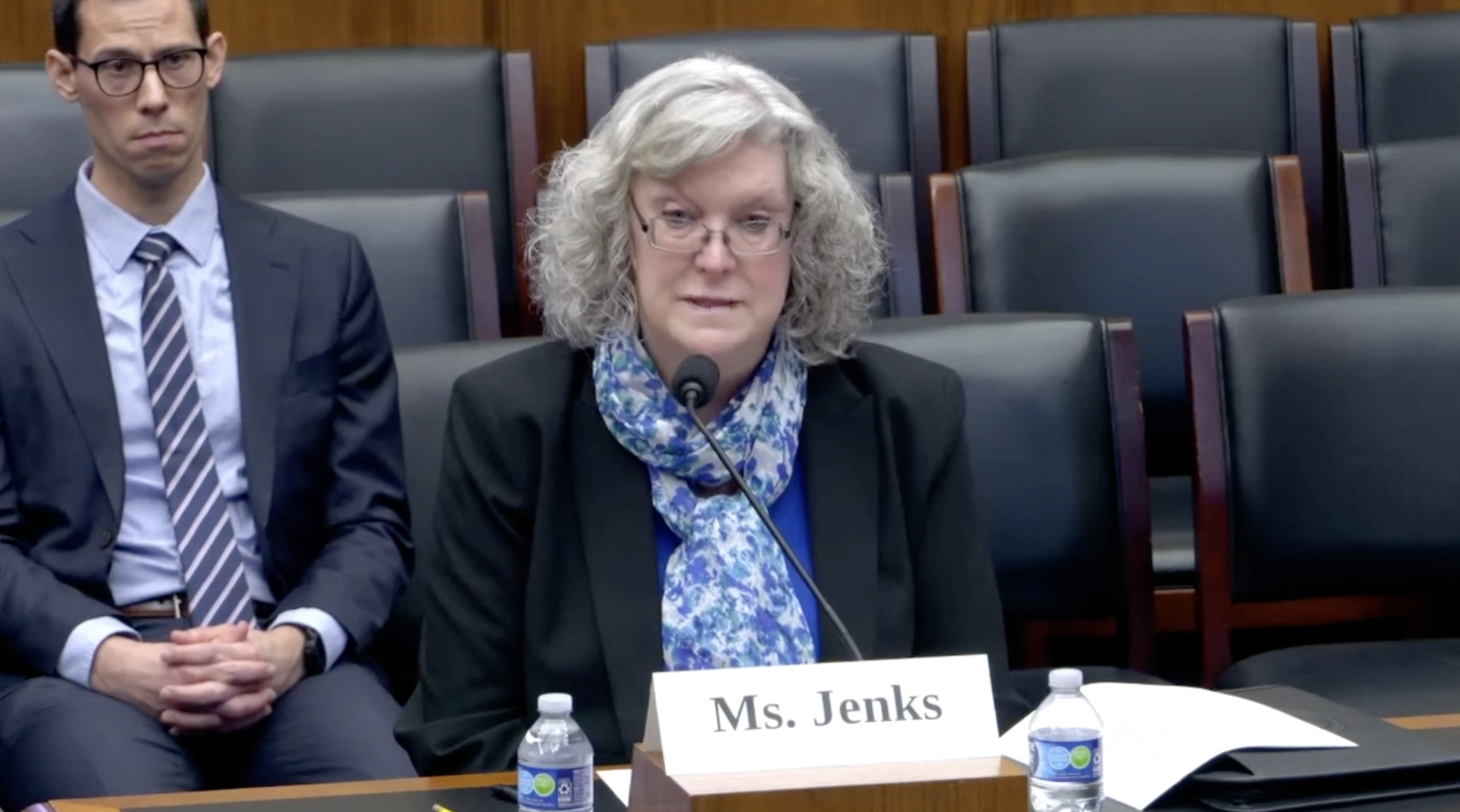
The H-1B Visa: Big Business Subsidy Funded by American Workers
Commentary - Tuesday, April 15, 2025
By Jared Culver, Legal Analyst
The H-1B visa debate has been roaring for decades, though for contemporaneous discussion purposes, the most recent flare-up started with Elon Musk and Vivek Ramaswamy sailing past their skis on the issue. Elon later clarified that he supported reforms to ensure H-1Bs were not going to the lowest-paid frontline workers at scandal-ridden H-1B body shops. A wise move by the richest man alive because, as more information comes to light about the H-1B visa, more defenders appear ignorant or duplicitous. For those paying attention, and that number is growing, the H-1B program is just more corporate welfare as Eric Weinstein made clear in 1998:
“The purpose of this article is to argue that employers in government, universities, and industry, have recently lobbied (1975-1976, 1986-1990) for the purpose of avoiding and depressing the natural market price for U.S. knowledge workers. By creating a nearly identical panic to the one today, this group of employers motivated changes in immigration law and obtained government training funds to create an artificial demand for technical skills.”
Herein we discover that H-1B depressing American wages is not an unfortunate side effect but rather the policy goal of the program. Mr. Weinstein identifies American tech workers as the victims of government lobbying efforts to suppress their wages. This is a pernicious danger for American workers, particularly in the immigration space.
A quick anecdote to hammer this home: At a prior job at the Department of Homeland Security, I had an opportunity to review “Questions for the Record” submitted by Members of Congress to the Secretary of Homeland Security broadly about immigration and the Department after an Oversight hearing. We received hundreds of questions, if not thousands, and not one question was asked about the impact of policies on American workers. Not one question was asked about American wages. I know because I searched through the questions in vain for one reference to American workers.
I make this point because it hit home to me the fact that not one person in Congress was thinking about American workers within the immigration context. As Mr. Weinstein made clear, things were not all that different in 1998 when it came to American tech workers and H-1B cheap labor.
Mr. Weinstein makes two key points about the tech sector’s labor market in the 1990s. First, the labor market was glutted with workers and secondly, the source of the glut was primarily foreign-born.
Here is an interesting excerpt I pulled from the essay [emphasis added]:
"...the big growth over the last 15 years in postdoctoral education in America has been among international students. In science and engineering, the number of domestic postdoctoral students has stayed relatively constant, going from roughly 13,500 in 1977 to 15,500 in 1991. Over that same period the number of international postdoctoral students in American universities has nearly tripled, from about 6,000 to 16,000. Foreign nationals now comprise the majority of all science and engineering postdocs in the United States. Again, these numbers are probably soft, but my guess is that the fraction of postdocs in America who are international students may be even higher than these numbers indicate." -Steven B. Sample, President, University of Southern California, "Postdoctoral Education in America", a Speech to the AAU, September 23, 1993
So the H-1B program was created and, importantly, was and is sold to the public as a necessary evil to fill a labor shortage in a critical industry for American economic and national security. However, the real reason H-1B was created was to allow the industries hiring these workers to depress industry wages through intense labor competition.
I will not reproduce all the receipts Mr. Weinstein has for the sake of time and rather offer one regarding the wage depression feature at the heart of H-1B:
"[The preponderance of foreign students in S&E programs] means that scientist and engineer gluts, and consequent gripes against universities, can be expected to continue.
But why should we take this as a problem? As these Ph.D.s eventually take jobs downstream, their expertise becomes available to institutions and firms that can benefit from superior talent and education at unexpectedly affordable prices. ... This should be a matter for satisfaction, not lament."
-Jagdish Bhagwati and Milind Rao, The False Alarm of `Too Many Scientists'.., Vol. 7, American Enterprise, 01-01-1996, pp 71.
How does this happen? How could Congress knowingly create such absurdly self-defeating policies poised to backfire down the road? The answer is the National Science Foundation (NSF). It was Erich Bloch, as Director of NSF, who told Congress in the 1980s that the United States faced a crisis in science and tech because of labor shortages.
Congress failed American workers when it trusted the science, because, just like with other situations where blind trust in the science steers you wrong, it turns out that “the science” was just special interests spewing junk.
In the case of the H-1B subsidy, the junk science begins with the NSF Policy Research and Analysis Division and Peter House. In 1989, Peter House circulated, but never published, a paper predicting a nearly 700K shortfall in scientists over the next ten years.
It is important to note that NSF would repudiate Mr. House’s work in 1995. However, at the time of Mr. House’s baseless fear-mongering of scientist shortages, Congress took NSF at their word. In the 1990 Immigration Act, Congress massively expanded permanent “high-skill” immigration to the United States and created the temporary nonimmigrant H-1B employment visa category.
Here is the analysis of the logic and reasoning behind the creation of the H-1B program by an internal investigator at NSF:
"The NSF study projected a shortfall of 675,000 scientists and engineers without considering the future demand for such individuals in the marketplace. It simply observed a decline in the number of 22-year-olds and projected that this demographic trend would result in a huge shortfall. This could be termed the supply-side theory of labor market analysis. But making labor market projections without considering the demand side of the equation doesn't pass the laugh test with experts in the field."
Never allow those smug H-1B defender experts to make you question the absolute simplistic rot at the heart of their argument. There is not, and never was, a labor shortage. There was only a cheap labor shortage.
At this point in the H-1B narrative, you may be assuming NSF made simple errors and Congress overreacted without thinking clearly about American workers or the implications on our labor market. If only this were so, but the facts demonstrate the goal was to artificially inflate the labor supply in tech to keep wages, and thus industry costs, low.
It is important to recall that in the 1980s and early 1990s, the technology sector was nascent, though identified as strategically important by the government. Congress was keen on incubating and cultivating the technology industries. Increasing the labor supply thus helped the government which was funding the H-1B employers. Notice that when the government is funding private industry, the government’s pecuniary interest is contrary to American workers.
In other words, the flooded labor market was the point. They used the fear tactic of scarcity to justify creating H-1B to intentionally drive American wages down and American graduates out of the field.
Weinstein found that the NSF had done a study showing tech wages would have to increase dramatically to keep up with demand. Thus the NSF found:
"A growing influx of foreign PhD's into U.S. labor markets will hold down the level of PhD salaries to the extent that foreign students are attracted to U.S. doctoral programs as a way of immigrating to the U.S."
Maybe the ‘Let Them Eat Cake’ Award goes to John Vaughn and Robert Rosenzweig for this quote demonstrating deep disconnect:
"Unless prompt action is taken, a sharply increased demand for Ph.D.s in the United States will outstrip a comparatively level supply before the turn of the century. Industry, government, and universities will be pitted against each other in a battle for this critical human resource, and the entire nation will pay the price -- diminished leadership and competitive strength"
It is “free market competition for thee, but not for me.” Somehow, America would have been devastated if employers had to compete for the right to hire American workers. And keep in mind that the H-1B scam and ridiculous talking points persist. As labor economist Harold Salzman testified before the House Judiciary Committee in 2016 [emphasis added]:
“In the past year we’ve seen the chasm between evidence and policy grow ever wider and deeper; the U.S. STEM workforce is being weakened through policies and guestworker programs that are increasingly exploited by shortsighted firms and industry groups. Despite rigorous and independent research by my colleagues and by me, of over a decade of research showing the U.S. educates an ample supply of qualified STEM workers, we see the continued expansion of policies that shift work to offshore labor. Instead of developing a globally competitive and internationally integrated workforce, all evidence and events from the past year suggest we are heading down a very different path consisting of legislation, policies, and programs to substitute guestworkers for U.S. STEM workers and graduates. These are programs that allow firms to subvert the free market in setting wage rates; these are policies that deny U.S. workers–whether native or immigrant, whether citizen or permanent resident—the career and compensation their education and skills should bring them if not for the huge, congressionally-created labor pool of guestworkers that industry has available to staff the vast majority of new IT openings.”
Mr. Weinstein and Mr. Salzman are writing roughly two decades apart on the same topic with the exact same unaddressed problems presented to Congress. Yet, even with all the evidence proving there never was a labor shortage in tech to justify H-1B, and the mountain of evidence of fraud and harmed American workers, elected officials are still calling for more H-1B tech workers.
The very people who stated there was a shortage in tech workers recanted within five years. The statistics regarding the U.S. tech labor market suggest there is no shortage. There certainly has been no evidence of shortage of workers appearing in the wage rates of tech workers.
However, when you understand that the H-1B visa was created under a false premise to artificially create a glut of cheap labor to drive down wages, then all of what you see makes sense.
The true H-1B narrative explains why American employers routinely are busted for discriminating against American workers to hire H-1Bs. They do it because it is cheaper to hire the H-1B. If, as lobbyists claim, H-1Bs are not cheaper, then why would employers risk legal sanction to discriminate in favor of hiring H-1Bs?
Why is wage theft rampant in H-1B and why does the government allow third-party staffing agency “body shops” to systematically exploit the system? This all makes sense when you realize the cheap labor glut is the feature of the H-1B system. H-1B is a subsidy to the tech industry that donates generously to Members of Congress.
However, knowing is half the battle. Voters have taken elected officials and academics at their word regarding H-1B for decades. They presumed it was true that there was a tech labor shortage and H-1B could cure what ailed. Now, it is obvious H-1B has solved nothing but the problem of how to impoverish American college graduates. As more people understand why and how, H-1B will be on borrowed time. Those still choosing to defend it have precious little time left to “evolve.”
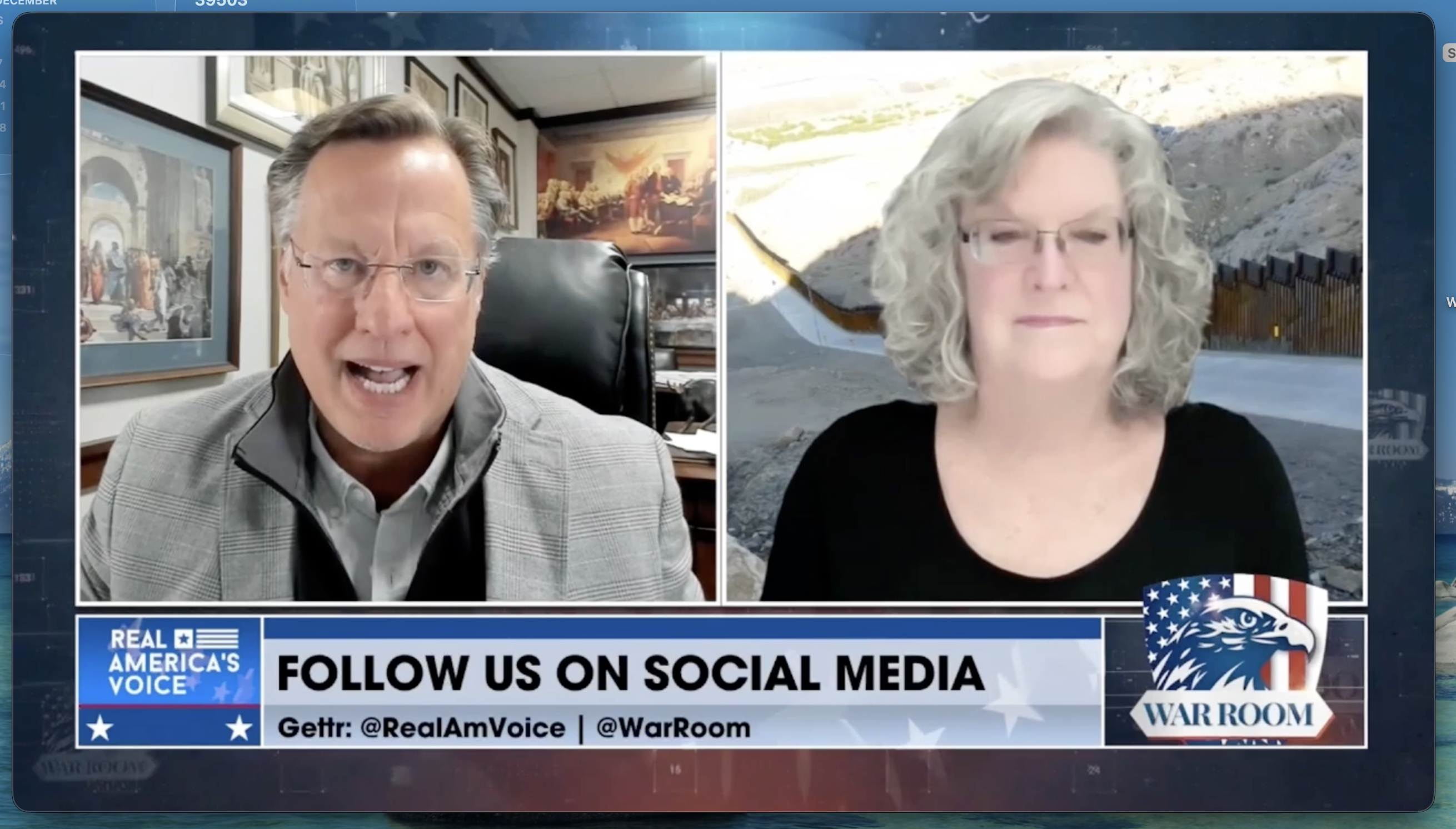
Video - Rosemary Jenks discusses the need for an immigration moratorium

Commentary - Immigration is Not a Foreign Policy Tool
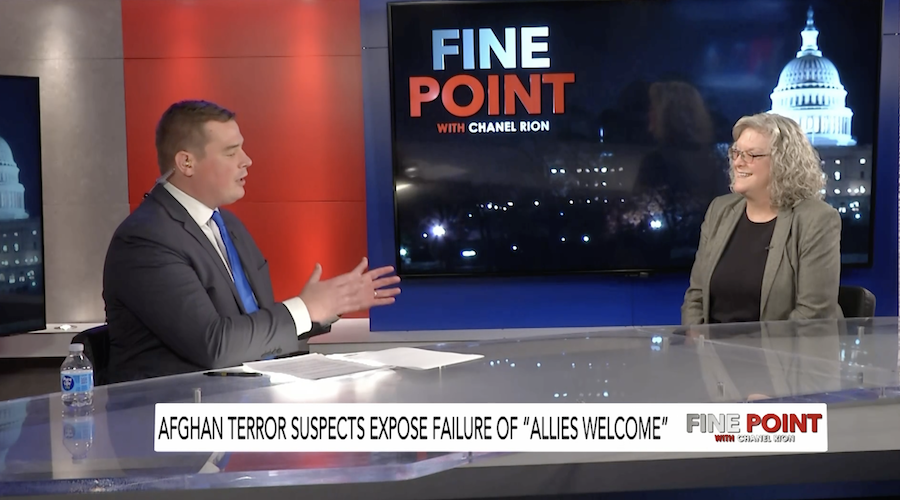
Video - Rosemary Jenks joins OANN to discuss U.S. refugee policy and an immigration moratorium
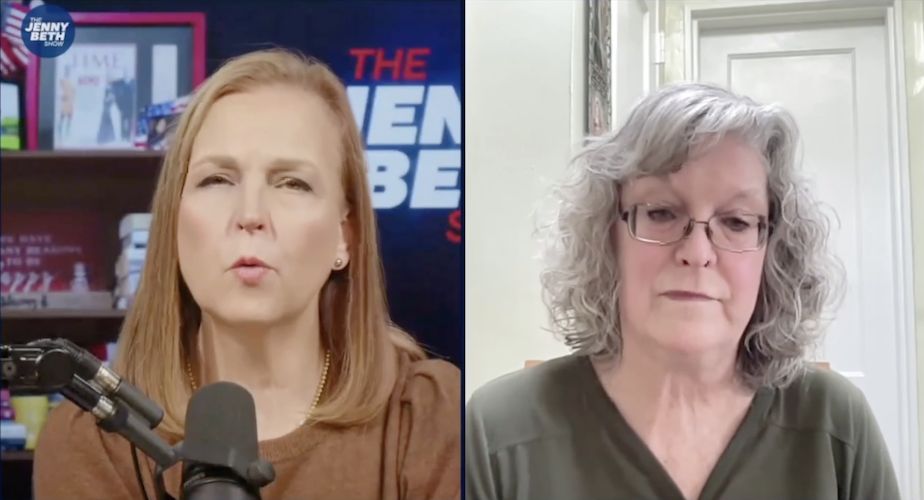
Video - Rosemary Jenks joins the Jenny Beth Show to discuss E-Verify and the PAUSE Act
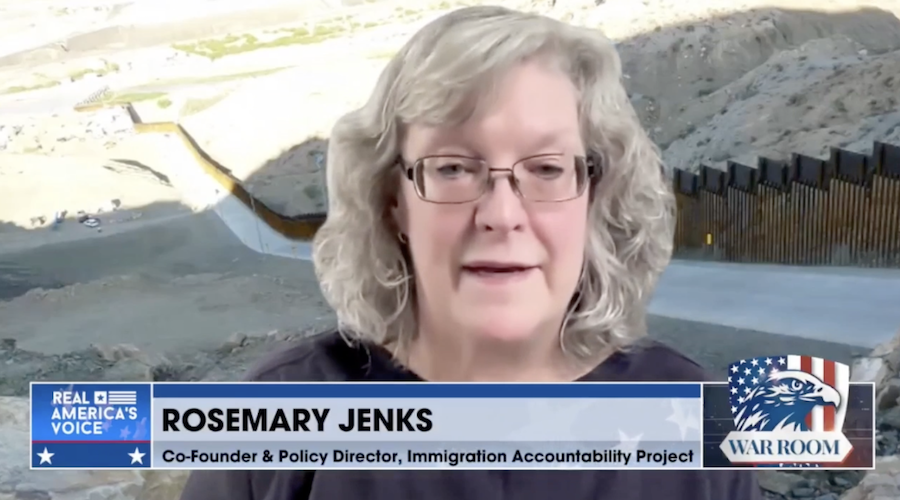
Video - Rosemary Jenks discusses mass immigration's threat to American workers
